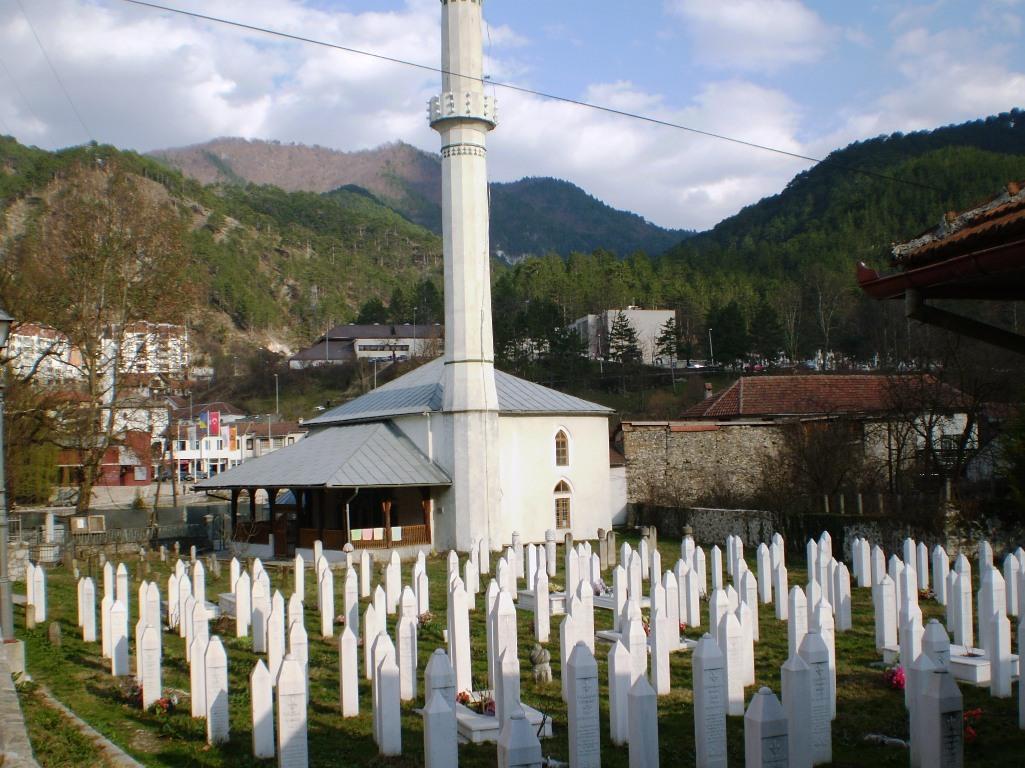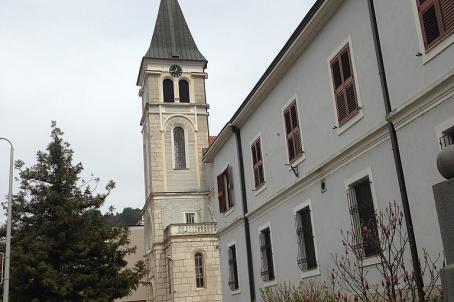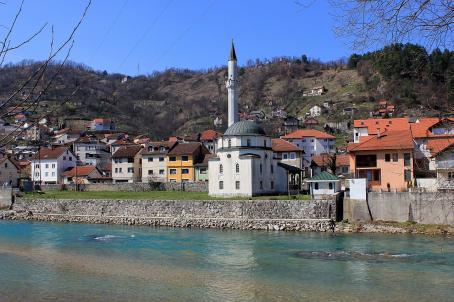Čaršija Mosque

The mosque Čaršija was probably founded by a certain Junuz-čauš, and dates back to the 16th century. The mosque was completely renovated in 1922 when the stone floor was replaced by a wooden floor and the roof was covered again with sheet metal. During the war in Bosnia and Herzegovina (1992-1995), the mosque was hit several times by artillery shells. The roof structure and the walls of the building were damaged, and the minaret was hit several times by direct fire. Later, the upper part of the minaret and the sherefe (drum) were rebuilt, the building was plastered and painted, and covered.




